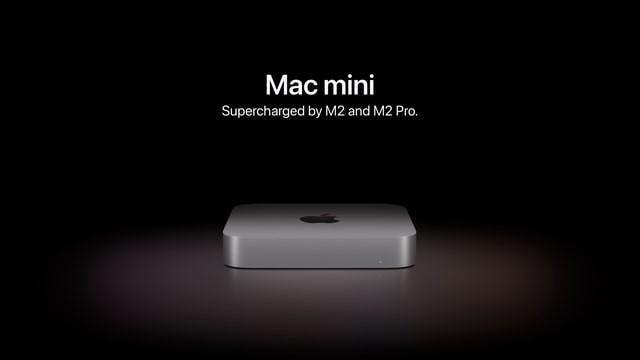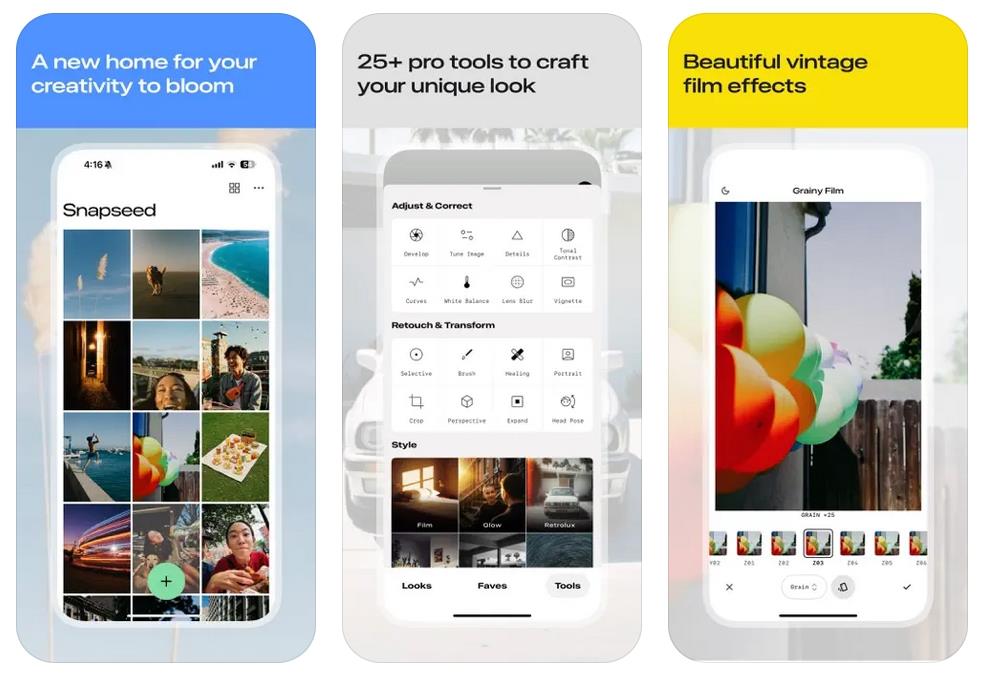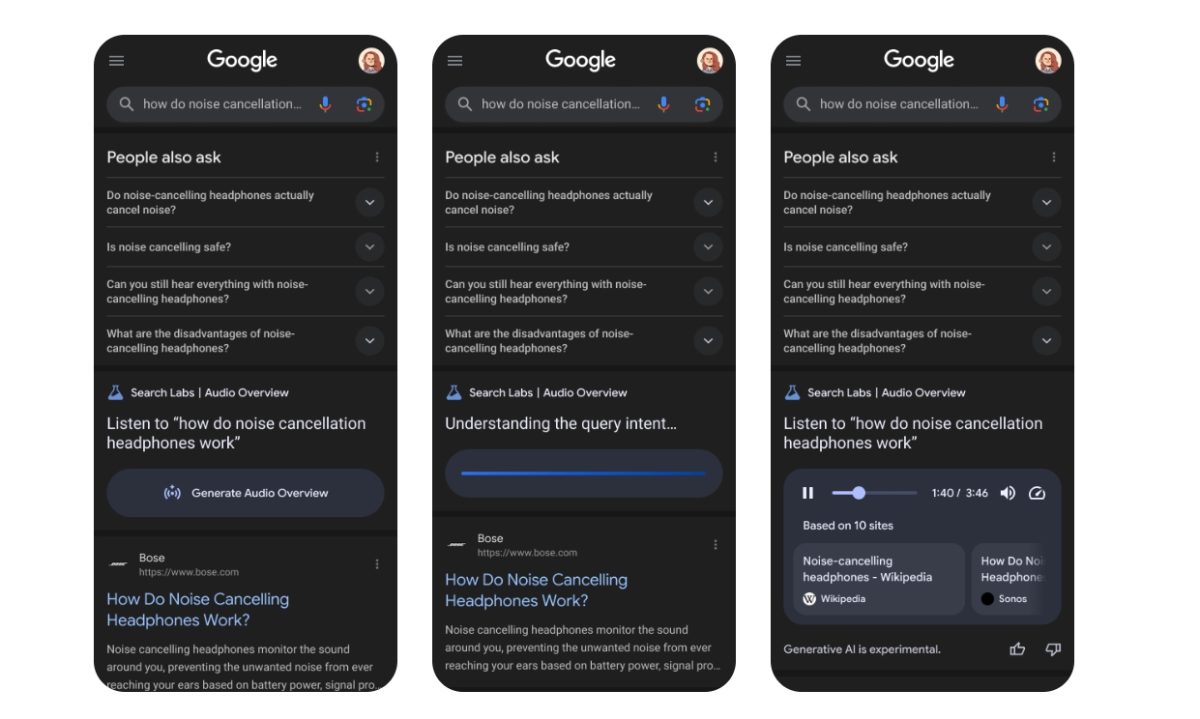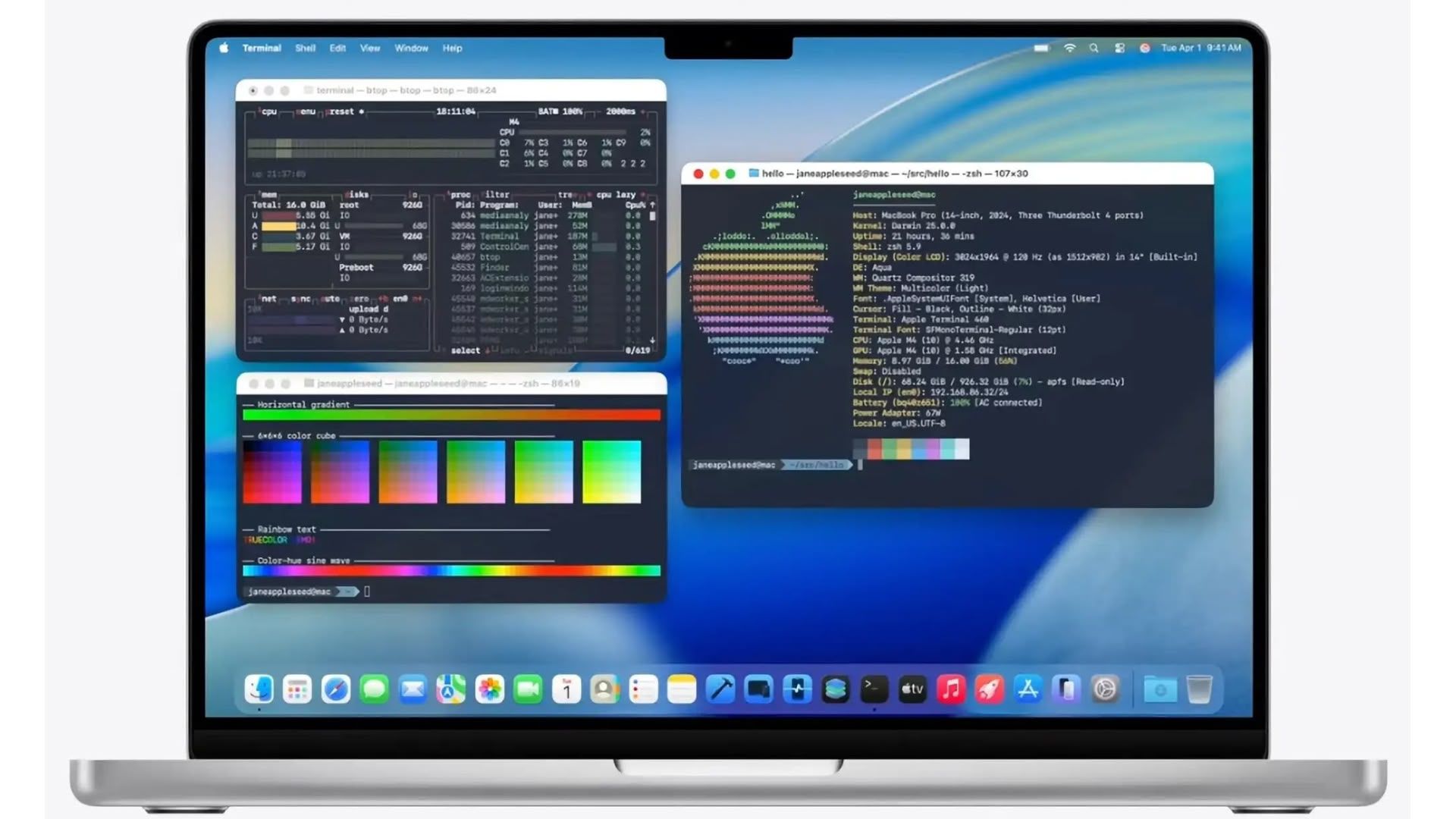Getting Started with LangChain: Build Smarter AI Apps with LLMs
Category: LLMs / LangChain / GenAI Published: June-2025 As someone exploring how to turn language models into actual AI-powered products, I kept running into one recurring question: how do I go beyond a basic prompt-response setup? That’s where LangChain clicked for me. It’s more than just a wrapper — it’s a framework for building real-world AI applications with logic, memory, and tool integrations. Whether you're a beginner or someone building full AI workflows, this guide will walk you through how LangChain helps. What is LangChain? LangChain is an open-source framework that helps you connect large language models (LLMs) with: Your custom logic External APIs and databases File systems, memory, and tools Think of it as a bridge between your language model and the world around it. You’re not limited to just "chat completion" anymore—you can build things like: Chatbots with memory Tools that pull real-time data Systems that reason step-by-step Why Use LangChain? LangChain is for developers who want to turn LLMs into functioning systems. What You Want to Do How LangChain Helps Structure workflows Chain multiple LLM calls + logic together Enable smart decisions Let LLMs pick tools or steps via agents Connect to tools and APIs Integrate APIs, DBs, or Python functions Preserve memory across sessions Make chatbots remember what users said before Ground responses in your own data Use Retrieval-Augmented Generation (RAG) LangChain Core Concepts 1. Language Models LangChain supports major LLMs like OpenAI, Cohere, HuggingFace, and others. Use LLM for text completion, or ChatModel for chat-based APIs. 2. Prompt Templates You don’t need to write raw prompts every time. from langchain.prompts import PromptTemplate template = "Translate this to Spanish: {text}" prompt = PromptTemplate.from_template(template) 3. Chains Chains help you string multiple steps together. from langchain.chains import LLMChain chain = LLMChain(llm=llm, prompt=prompt) result = chain.run("Good morning") This is great for simple pipelines, and you can build custom chains too. 4. Memory Want your chatbot to remember previous messages? LangChain provides memory modules like: ConversationBufferMemory SummaryMemory VectorStoreRetrieverMemory This is helpful in support bots, coaching apps, or anything conversational. 5. Agents & Tools Agents allow your LLM to decide which tool to use—like a calculator, API, or search engine. from langchain.agents import initialize_agent, load_tools Available tools include: -Web search -Python REPL -Calculator -SQL query executor -Custom APIs 6. RAG (Retrieval-Augmented Generation) When you want your LLM to use private knowledge—LangChain shines. Steps: Embed your documents using OpenAI/Cohere/HuggingFace Store in vector DB (like FAISS or Pinecone) Use retriever to get relevant chunks Pass results into the LLM prompt Perfect for building Q&A bots or internal knowledge assistants. Popular Integrations Langchain supports many backends: Category Tools & Services Supported Vector DBs FAISS, Chroma, Pinecone, Weaviate Embeddings OpenAI, Cohere, HuggingFace, Google Palm File Loaders PDF, HTML, CSV, Markdown, Notion, Docx Frontend Streamlit, Gradio, Flask, FastAPI Debugging LangSmith for observability and tracing Real Use Cases Scenario Description AI Assistants Smart bots with memory + tools Document Q&A Ask over PDF, Notion, or Markdown docs Agent Workflows LLM doing multistep tasks with tool access SQL/Data Analysis LLMs writing queries and analyzing results Developer Utilities LLMs reviewing code, writing snippets, etc. Sample Workflow from langchain.llms import OpenAI from langchain.prompts import PromptTemplate from langchain.chains import LLMChain template = "Write a short ad copy for: {product}" prompt = PromptTemplate.from_template(template) llm = OpenAI(temperature=0.6) chain = LLMChain(llm=llm, prompt=prompt) result = chain.run(product="AI-powered coffee machine") print(result) Tips for Devs Start with LLMChain and PromptTemplate — then grow from there Don’t jump to agents unless your use case needs decision-making Use LangSmith early for debugging chain/tool behaviors Keep prompts clean and test them outside first Begin local → move to hosted once you're stable Final Thoughts LangChain helps you go from “cool demo” to real product. If you’re building AI-native workflows or apps that need reasoning, tool use, or private data access—this framework makes it easier. It gave me structure, observability, and flexibility that raw prompts never could. If you’re serious about building with LLMs, LangChain is worth exploring. References & Links LangChain Docs LangChain GitHub LangSmith Debugging I love breaking dow

Category: LLMs / LangChain / GenAI
Published: June-2025
As someone exploring how to turn language models into actual AI-powered products, I kept running into one recurring question: how do I go beyond a basic prompt-response setup?
That’s where LangChain clicked for me. It’s more than just a wrapper — it’s a framework for building real-world AI applications with logic, memory, and tool integrations.
Whether you're a beginner or someone building full AI workflows, this guide will walk you through how LangChain helps.
What is LangChain?
LangChain is an open-source framework that helps you connect large language models (LLMs) with:
- Your custom logic
- External APIs and databases
- File systems, memory, and tools
Think of it as a bridge between your language model and the world around it.
You’re not limited to just "chat completion" anymore—you can build things like:
- Chatbots with memory
- Tools that pull real-time data
- Systems that reason step-by-step
Why Use LangChain?
LangChain is for developers who want to turn LLMs into functioning systems.
| What You Want to Do | How LangChain Helps |
|---|---|
| Structure workflows | Chain multiple LLM calls + logic together |
| Enable smart decisions | Let LLMs pick tools or steps via agents |
| Connect to tools and APIs | Integrate APIs, DBs, or Python functions |
| Preserve memory across sessions | Make chatbots remember what users said before |
| Ground responses in your own data | Use Retrieval-Augmented Generation (RAG) |
LangChain Core Concepts
1. Language Models
LangChain supports major LLMs like OpenAI, Cohere, HuggingFace, and others.
Use LLM for text completion, or ChatModel for chat-based APIs.
2. Prompt Templates
You don’t need to write raw prompts every time.
from langchain.prompts import PromptTemplate
template = "Translate this to Spanish: {text}"
prompt = PromptTemplate.from_template(template)
3. Chains
Chains help you string multiple steps together.
from langchain.chains import LLMChain
chain = LLMChain(llm=llm, prompt=prompt)
result = chain.run("Good morning")
This is great for simple pipelines, and you can build custom chains too.
4. Memory
Want your chatbot to remember previous messages? LangChain provides memory modules like:
- ConversationBufferMemory
- SummaryMemory
- VectorStoreRetrieverMemory
This is helpful in support bots, coaching apps, or anything conversational.
5. Agents & Tools
Agents allow your LLM to decide which tool to use—like a calculator, API, or search engine.
from langchain.agents import initialize_agent, load_tools
Available tools include:
-Web search
-Python REPL
-Calculator
-SQL query executor
-Custom APIs
6. RAG (Retrieval-Augmented Generation)
When you want your LLM to use private knowledge—LangChain shines.
Steps:
- Embed your documents using OpenAI/Cohere/HuggingFace
- Store in vector DB (like FAISS or Pinecone)
- Use retriever to get relevant chunks
- Pass results into the LLM prompt
Perfect for building Q&A bots or internal knowledge assistants.
Popular Integrations
Langchain supports many backends:
| Category | Tools & Services Supported |
|---|---|
| Vector DBs | FAISS, Chroma, Pinecone, Weaviate |
| Embeddings | OpenAI, Cohere, HuggingFace, Google Palm |
| File Loaders | PDF, HTML, CSV, Markdown, Notion, Docx |
| Frontend | Streamlit, Gradio, Flask, FastAPI |
| Debugging | LangSmith for observability and tracing |
Real Use Cases
| Scenario | Description |
|---|---|
| AI Assistants | Smart bots with memory + tools |
| Document Q&A | Ask over PDF, Notion, or Markdown docs |
| Agent Workflows | LLM doing multistep tasks with tool access |
| SQL/Data Analysis | LLMs writing queries and analyzing results |
| Developer Utilities | LLMs reviewing code, writing snippets, etc. |
Sample Workflow
from langchain.llms import OpenAI
from langchain.prompts import PromptTemplate
from langchain.chains import LLMChain
template = "Write a short ad copy for: {product}"
prompt = PromptTemplate.from_template(template)
llm = OpenAI(temperature=0.6)
chain = LLMChain(llm=llm, prompt=prompt)
result = chain.run(product="AI-powered coffee machine")
print(result)
Tips for Devs
Start with LLMChain and PromptTemplate — then grow from there
Don’t jump to agents unless your use case needs decision-making
Use LangSmith early for debugging chain/tool behaviors
Keep prompts clean and test them outside first
Begin local → move to hosted once you're stable
Final Thoughts
LangChain helps you go from “cool demo” to real product. If you’re building AI-native workflows or apps that need reasoning, tool use, or private data access—this framework makes it easier.
It gave me structure, observability, and flexibility that raw prompts never could.
If you’re serious about building with LLMs, LangChain is worth exploring.
References & Links
LangChain Docs
LangChain GitHub
LangSmith Debugging
I love breaking down complex topics into simple, easy-to-understand explanations so everyone can follow along. If you're into learning AI in a beginner-friendly way, make sure to follow for more!
Connect on LinkedIn: https://www.linkedin.com/company/106771349/admin/dashboard/
Connect on YouTube: https://www.youtube.com/@Brains_Behind_Bots














































































































































































![[The AI Show Episode 152]: ChatGPT Connectors, AI-Human Relationships, New AI Job Data, OpenAI Court-Ordered to Keep ChatGPT Logs & WPP’s Large Marketing Model](https://www.marketingaiinstitute.com/hubfs/ep%20152%20cover.png)























































































































![[DEALS] Internxt Cloud Storage Lifetime Subscription: 10TB Plan (87% off) & Other Deals Up To 98% Off – Offers End Soon!](https://www.javacodegeeks.com/wp-content/uploads/2012/12/jcg-logo.jpg)

























![Designing a Robust Modular Hardware-Oriented Application in C++ [closed]](https://i.sstatic.net/f2sQd76t.webp)























.jpg?width=1920&height=1920&fit=bounds&quality=70&format=jpg&auto=webp#)

.jpg?width=1920&height=1920&fit=bounds&quality=70&format=jpg&auto=webp#)




















































































_Andreas_Prott_Alamy.jpg?width=1280&auto=webp&quality=80&disable=upscale#)

_designer491_Alamy.jpg?width=1280&auto=webp&quality=80&disable=upscale#)

















































































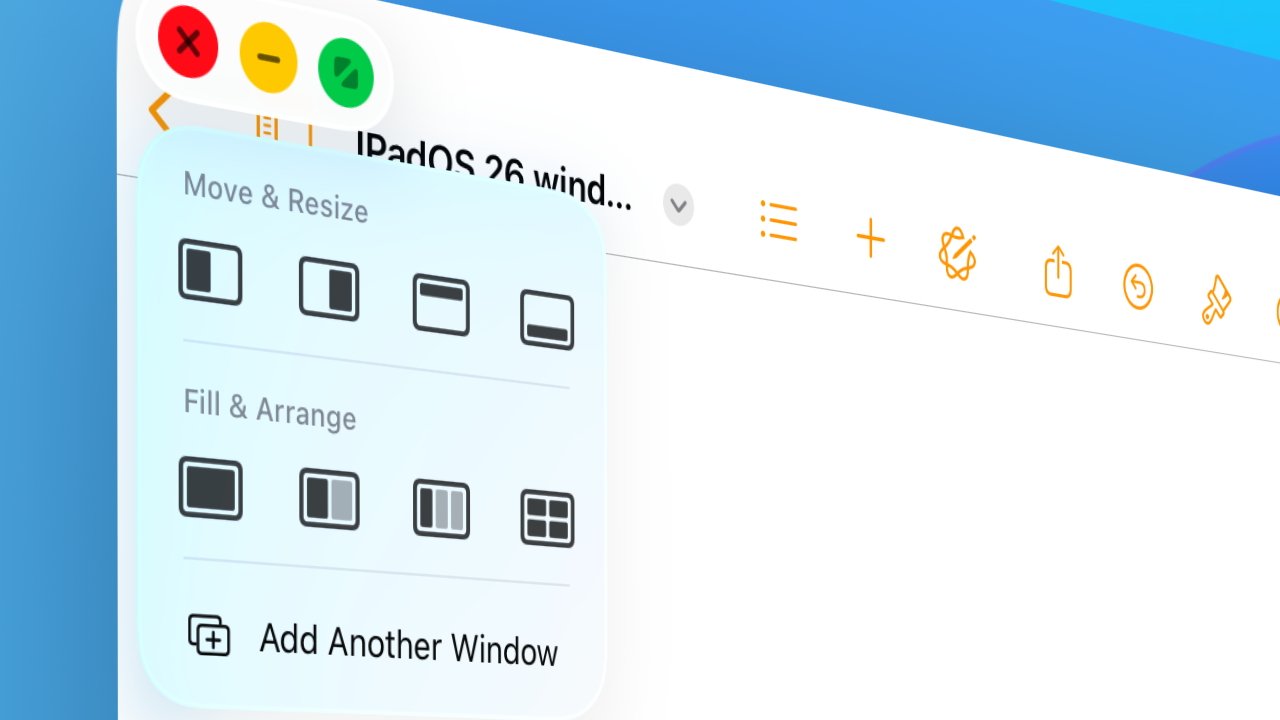







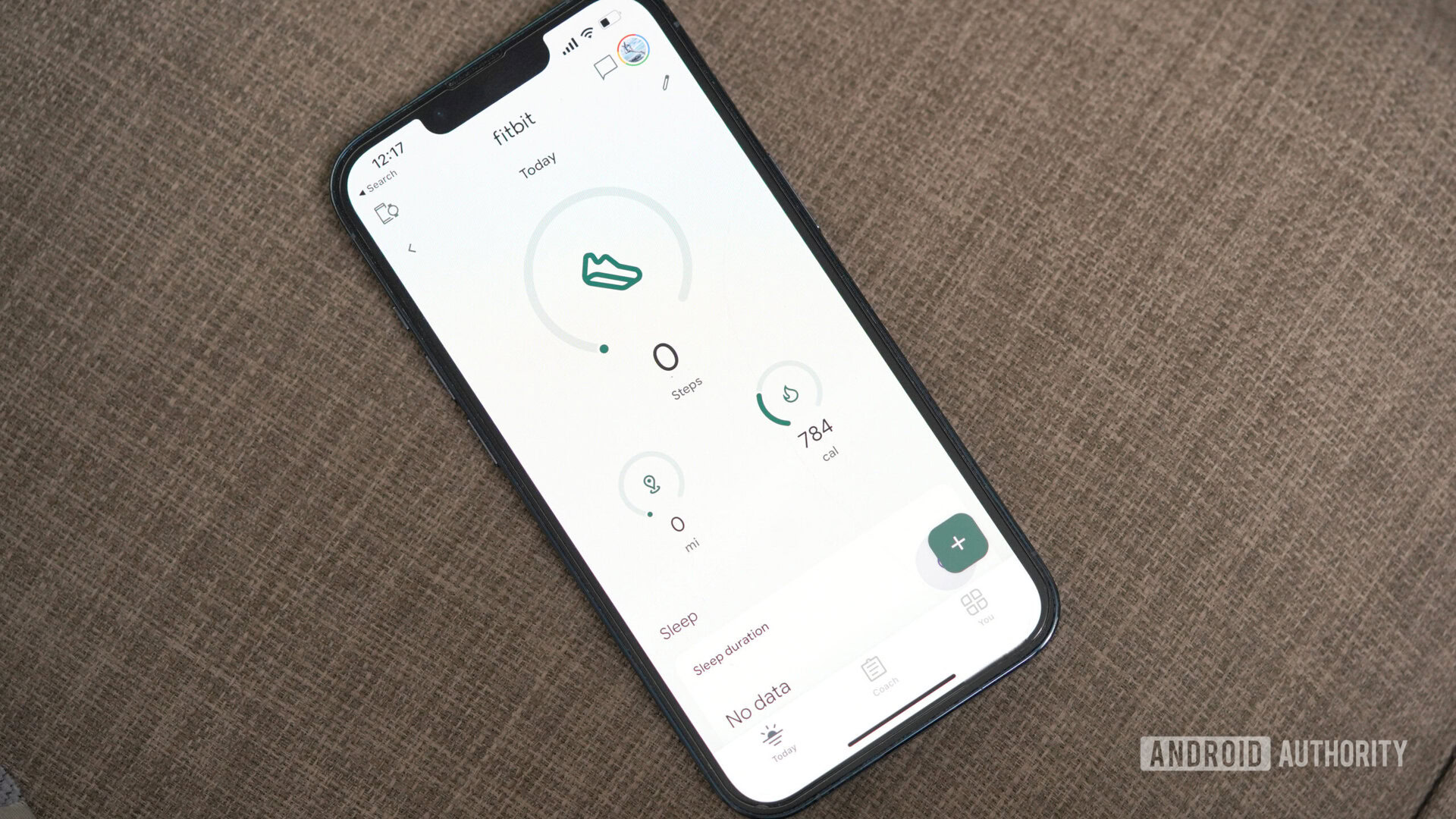



![iPad Air vs reMarkable Paper Pro: Which tablet is best for note taking? [Updated]](https://i0.wp.com/9to5mac.com/wp-content/uploads/sites/6/2025/05/ipad-air-remarkable-paper-pro.jpg?resize=1200%2C628&quality=82&strip=all&ssl=1)





![What Gemini app features are free versus paid? [June 2025]](https://i0.wp.com/9to5google.com/wp-content/uploads/sites/4/2025/01/gemini-android-5.jpg?resize=1200%2C628&quality=82&strip=all&ssl=1)












![Apple M4 Mac Mini Back on Sale for $499 [Deal]](https://www.iclarified.com/images/news/97617/97617/97617-640.jpg)

